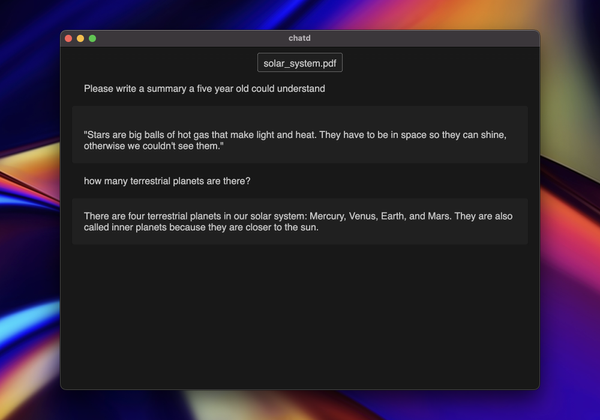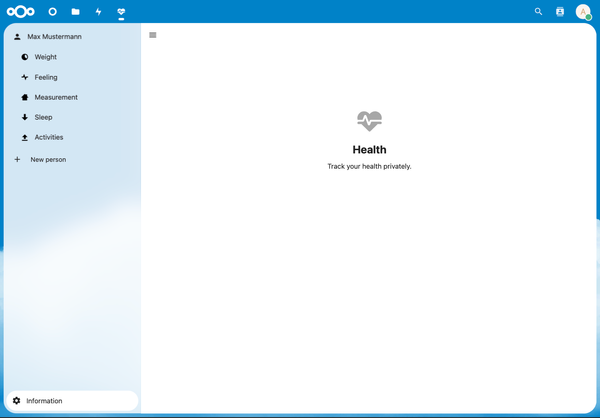6 Ways to Make Your EMS Organizations More Efficient
In the field of emergency medical services, better efficiency inevitably means more lives saved and a better bottom line for the EMS organization. While there are efficiency gains to be made in virtually all areas of operation, most agencies should start by focusing on a few key areas before moving to the others. If you’re trying to save cash or improve service levels at your EMS organization, consider starting with the strategies below.
1.) Keep Service Levels Up with Scheduling Tools
It costs money to have an empty ambulance. Fixed costs like vehicle depreciation, insurance, and maintenance will still need to be paid, as will variable costs like crew salaries and fuel. If your ambulances are empty for significantly long periods, these expenses will quickly eat into your profits.
Investing in EMS scheduling software is vital for this reason. Not only will it help reduce idle time and improve service levels, but you can also effectively ensure that people who need emergency medical attention get it immediately. When implemented correctly, EMS scheduling software can make a small fleet of vehicles as effective as a much larger fleet that’s using older systems.
Effective scheduling software for EMS should have features vital for EMS providers. This includes, but not limited to, CAD integration, mobile-readiness, cloud hosting, automated real-time routing, automated notifications, bulk schedule edits, and other features vital for maximizing vehicle use out in the field.
2.) Invest In Training With New Technology Purchases
Most EMS providers, whether public or private, have made significant technology investments in the past few decades. While the specific processes involved in administering care have remained largely the same, we have seen the more widespread use of GPS devices, information technology, and other tools that have enabled smaller fleets to perform at levels that were only previously possible with large ones.
However, to make full use of this technology, employees need to be adequately trained in their use. Without proper training, these tools will likely fail to deliver the better efficiency they promise and may even serve to hinder the basic mission of effectively delivering emergency care.
If you’re in the market for EMS software, make sure the vendor or developer can provide training resources and tech support. That way, your EMS organization does not have to blunder its way into utilizing the tools nor rely on specific tool-savvy individuals.
3.) Look Beyond Minimum Hiring Requirements
While the importance of hard skills and credentials in EMS is difficult to overstate, EMS organizations should also look into hiring people who also have good soft skills and attitudes.
Hiring solely based on credentials without regard for an employee’s behavioral traits and personality often lead to higher turnover rates, which tends to result in a loss of efficiency as more resources are diverted towards continually training and onboarding new hires, rather than on directly delivering emergency medical assistance.
Investing in contemporary human resource management techniques and technologies can ensure that most of the employees you take on are a good fit for the organization. However, actively making an effort to look beyond basic minimum competency and choosing to hire people with the right attitude will go a long way towards preventing inefficiency due to high turnover.
4.) Simplify the Reporting Process
Just as running any business, report creation is a major responsibility in an EMS organization. Employees may need to dedicate several hours each month just to ensure comprehensive and accurate reporting. Being able to shave hours off of this one task can greatly improve the overall efficiency of the organization. That’s because employees will have more time to focus on other tasks, and decision makers can acquire reports faster and implement improvements at a faster pace.
The EMS software used by your organization should reduce the number of steps required to make accurate reports. Creating custom templates, filters, and other reporting essentials should be intuitive and require minimal training.
5.) Invest in Automated Notifications
Make sure to invest in software that could send immediate notifications through email or a dedicated mobile app. Every second counts in EMS, which means anything you can do to speed up communication can be vital. Software designed for EMS organizations should have message automation capabilities to reduce the workload for employees. Notifications for events such as schedule changes, trip bookings, shift trades, and other things that require immediate attention from ambulance crews and managers should be automated to save time and improve service levels.
6.) Keep Equipment in Good Condition
Inventory management and maintenance isn’t always a priority for EMS organizations, especially given the more immediate demands of emergency care delivery. However, neglecting regular maintenance can result in your ambulances and equipment needing expensive repairs and replacement, often at inopportune times.
Thankfully, there are now several fleet management tools available on the market that will work well for EMS providers. When you manage your fleet, make sure to include warranty information as well as any previous repairs or part replacements. This will help your organization make cost-effective decisions about what to do about equipment should it break down or need replacement. This, in turn, will help keep your crews ready to meet any challenges on the field.
Conclusion
The ability of EMS providers to deliver acceptable service levels is often impacted by problems with their cash flow. While increasing collections is certainly an option for improving revenue, it’s usually better to start by addressing efficiency issues within the organization. That’s because efficiency will not only bring additional and faster cash flow, it’ll also benefit the community as a whole when emergency care is needed.








